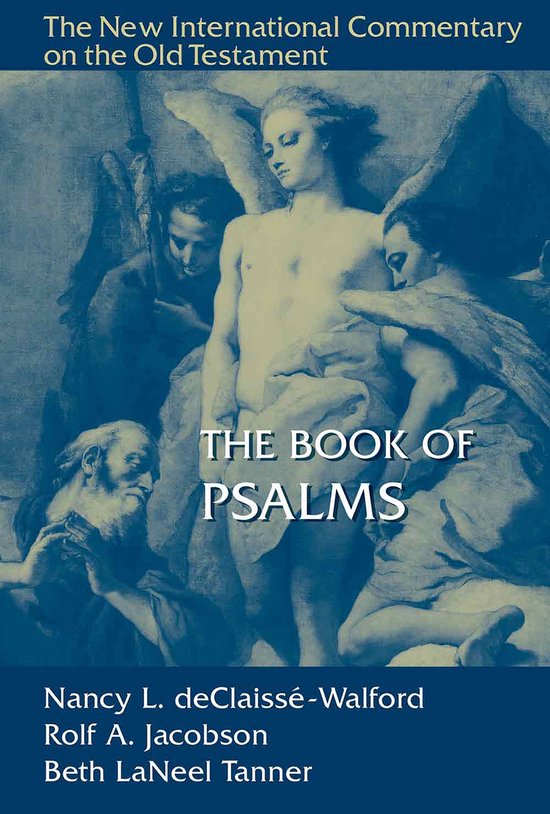New international commentary on the old testament nicot the books of nahum habakkuk and zephaniah

Uiterlijk 13 december in huis
In this commentary, Thomas Renz reads Nahum, Habakkuk, and Zephaniah as three carefully crafted writings of enduring relevance, each of which makes a vital contribution to the biblical canon. Discussing the historical settings, Renz takes up both long-standing issues, such as the relationship of Zephaniah to Josiah’s reforms, and the socioeconomic conditions of the time suggested by recent archaeological research. The place of these writings within the Book of the Twelve is given fresh consideration, including the question of what one should make of the alleged redaction history of Nahum and Habakkuk.
The author’s careful translation of the text comes with detailed textual notes, illuminating some of the Bible’s most outstanding poetry (Nahum) and one of the biblical chapters that is among the most difficult to translate (Habakkuk 3). The thorough verse-by-verse commentary is followed by stimulating theological reflection, opening up avenues for teaching and preaching from these prophetic writings. No matter their previous familiarity with these and other Minor Prophets, scholars, pastors, and lay readers alike will find needed guidance in working through these difficult but important books of the Bible.
- 1 Bekijk alle specificaties
